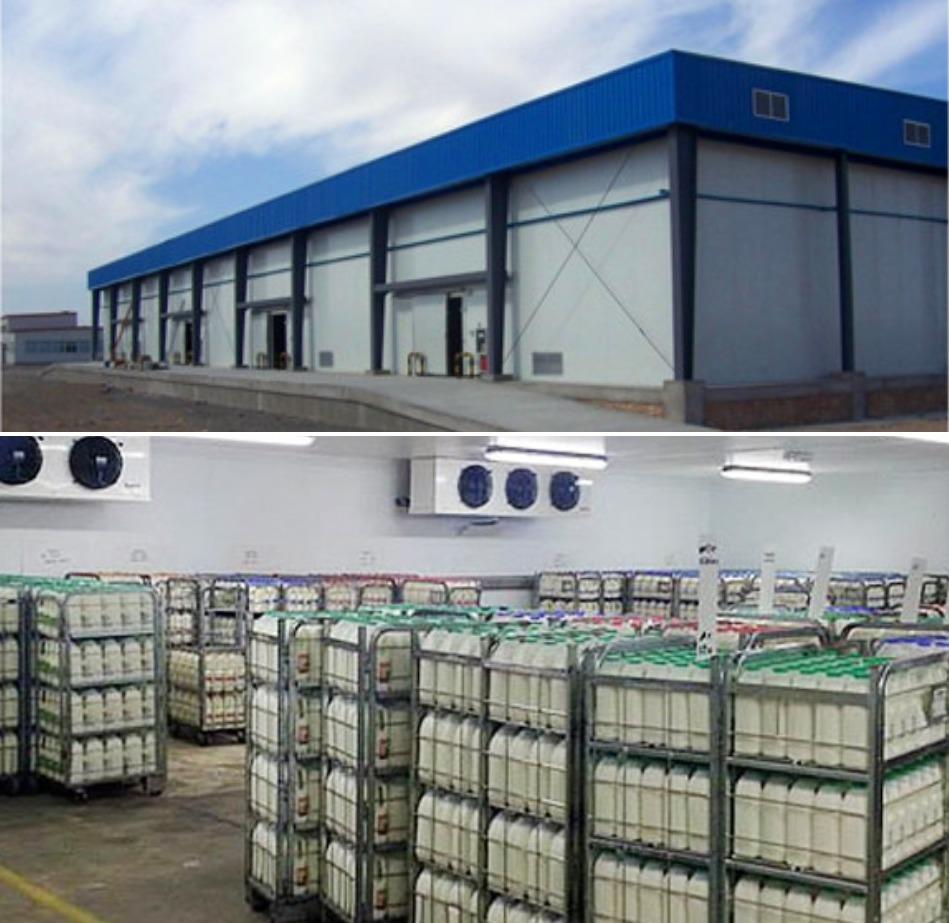Cold storage warehouses need regular inspections to make sure that refrigeration systems and specialized equipment are operating properly. If not, temperatures can fluctuate and be observed throughout the warehouse.
Utilizing sensors to monitor temperatures within food storage facilities can be a fantastic option to eliminate these irregularities. In addition, this tech can assist in monitoring foods safety in multiple establishments.
Ensuring Quality of Perishable Goods
Cold storage warehousing creates the environment necessary to protect products that are perishable from spoilage or decay. The warehouses use refrigeration to maintain and achieve specific temperature levels that are appropriate for different groups of foods. They include foods that are potentially harmful (PHF) like raw and different types of meats, poultry or fish, dairy products and other dairy items and salads prepared, as well as vegetables as well as fruits.
The food items can become affected by bacteria, which cause poisoning in the food chain when consumed. It is crucial to store these food items at the appropriate temperature to avoid them from entering the ‘danger zone’ where microorganisms can increase to levels high enough and cause illness or even poisoning.

Keeping foods at the right temperature will also in reducing food waste. The proper kho lanh cong nghiep tai ha noi can slow down the rate of deterioration as well as allowing restaurants to preserve food more for longer. This saves cash in the end. This is especially important in businesses that have high volume of food sales. This will also allow them to pass these savings on to their customers through a reduction in the cost of food.
Importance of Cold Storage
Cold storage is a vital stage in the food supply chain. Without it, products that are perishable are likely to degrade rapidly or even become affected by harmful bacteria prior to getting to their destination.
Cold chain logistics is essential for businesses that work with temperature-sensitive goods, such as companies in the food and pharmaceutical industries. The procedure ensures that every aspects of product handling, preservation, and storage are done at exactly temperatures that will ensure quality and safety throughout all stages of the distribution chain.
Warehouses equipped with refrigerated storage could serve as a way to preserve food before they are shipped to individual restaurants, supermarkets as well as health food stores delicatessens as well as other retailers. These facilities may include chillers for homes, complete chillers or blast freezers according to the type of food and the customer’s preference. Larger food outlets also use cold storage facilities to keep food items that require preservation over a period of time, like candles or wax-like objects. This is because these products are susceptible to damage through heat, and therefore must be kept at the temperature of a cooler one for a long time.
Temperature Control in Cold Storage
The control of temperature is a crucial part of cold storage operations. This is essential to preserve high-quality food products and ensuring that they meet the demands of the food safety regulations.
For example, storing foods at the proper refrigerator temperature slows any biological processes which could otherwise lead to the food to spoil. It also minimizes the potential for harmful bacteria like Salmonella and E coli, to grow in your food.
Numerous products require cold storage to extend their shelf life and prevent the growth of bacteria. The billions of dollars worth of farm products, meats and dairy products as well as consumer packaged goods (CPG) are stored in a controlled temperature environment.
Many pharmaceutical firms use cold storage warehouses for storage of injections and syrups and protect them from denaturation as well as loss of effectiveness. The most efficient refrigeration equipment and insulation materials help maximize energy efficiency, while reducing operational costs, while keeping the items at the proper temperature.
Food Safety Regulations for Cold Storage
Food safety is a crucial topic for any restaurant or food business. It is a particular issue for refrigerated foods, which can quickly get contaminated with dangerous bacteria if placed in the wrong place. The right methods used to keep food safe in the fridge or freezer will help prevent these germs from making people sick and help businesses save the cost of food by avoiding unnecessary wasted.
To ensure safe storage To ensure safe storage, the temperature of your walk-in freezer or refrigerator should be monitored frequently. Refrigerated foods (like fresh meat) in a separate location from food items that are ready to eat to avoid contamination from meat juices. Keep food in a tightly sealed container to reduce loss of odor, condensation and the risk of dehydration.
Sensors in coolers or freezers can alert users when temperatures rise beyond safe storage temperatures, helping to reduce contamination of food items and ensure customer health. This type of technology is rapidly becoming an essential component of any modern food safety system.